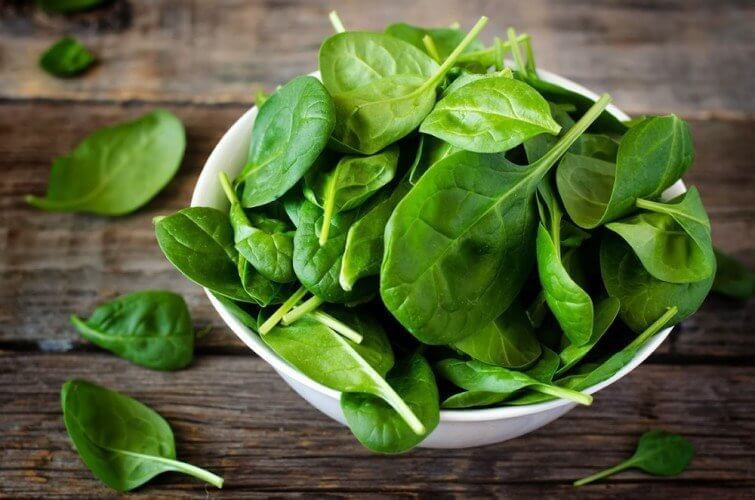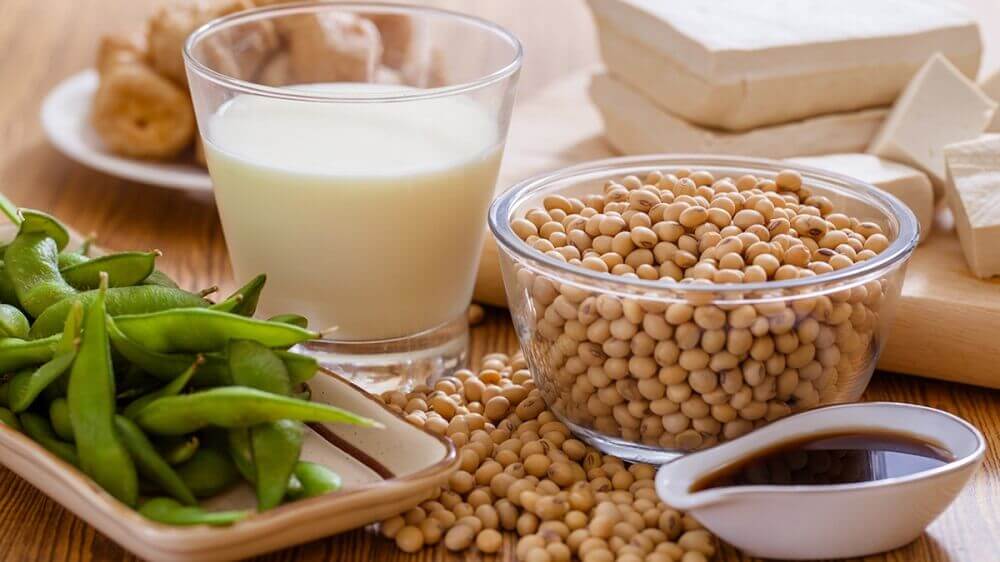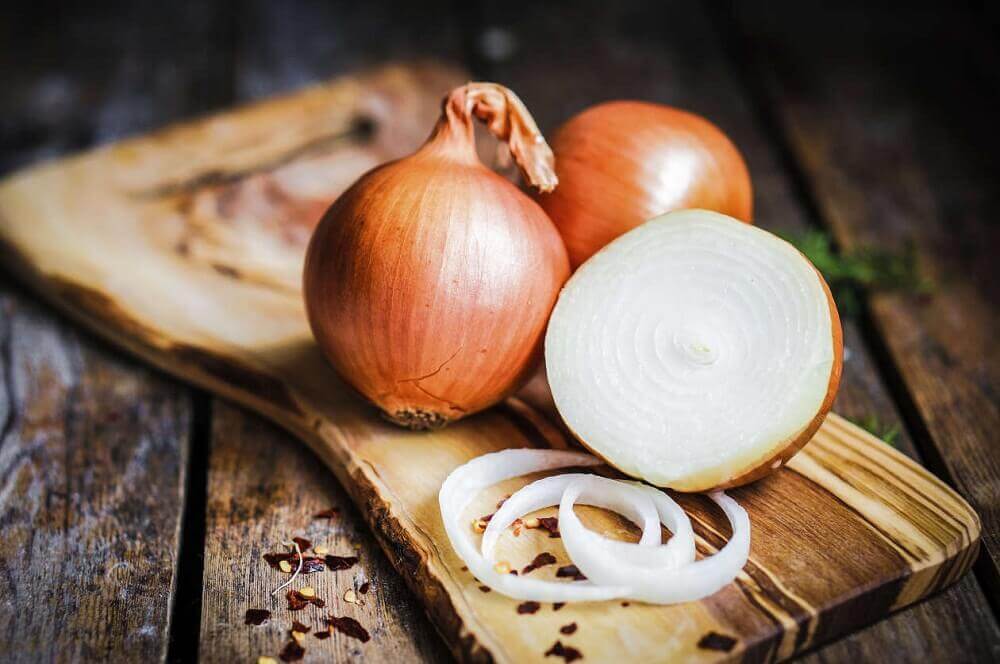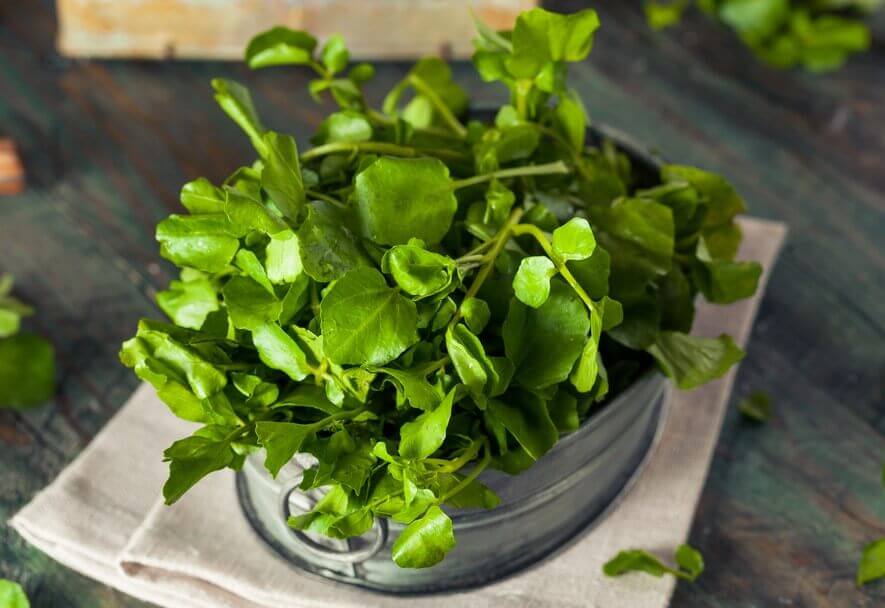Plant-Based Foods Rich in Calcium


Reviewed and approved by the doctor José Gerardo Rosciano Paganelli
Why we need calcium to be healthy
Calcium is an important mineral for strong, healthy bones, teeth, and muscles. Our nerves also require calcium to send messages back and forth from the brain and other parts of our body.
Not getting enough calcium can lead to many problems, such as osteoporosis, obesity and heart attacks. Aside from dairy products, there are other sources rich in calcium that we shouldn’t ignore.
Many people falsely believe that having milk, yogurt or cheese in our diets will provide our bodies with all the calcium that it needs.
Furthermore, certain dairy products and foods containing them (especially desserts and baked goods) aren’t healthy at all for us and contain high levels of sugar and fat. Instead, we should consider different foods that are naturally rich in calcium.
Also read: 7 Habits that Help You Absorb More Calcium
Plant sources rich in calcium
We need to debunk the myths that claim dairy products are the only sources of calcium. It’s quite the opposite. In fact, some foods have even more calcium than milk. It’s great news for lactose-intolerant or vegan people.
Some calcium-rich plants are the following:
1. Spinach

One of the most calcium-packed leafy greens is spinach. If we eat 100 grams of raw spinach, our bodies will be getting 210 mg of calcium. When boiled, the amount reduces to 158 mg. However, keep in mind that spinach contains oxalates, which hinder the body from absorbing certain minerals.
2. Nuts
Number two on our list are delicious, calcium-rich nuts. They’re very versatile; you can enjoy nuts in milk form (like almond milk), in desserts, raw, toasted, etc.
Nuts reduce the risks of osteoporosis by preventing weak bones and aiding in a healthy growth. Because of their benefits, they’re great for people of all ages.
The nuts that offer the highest amounts of calcium are:
- Almonds (240 mg for every 100 g)
- Walnuts (170 mg for every 100 g)
- Hazelnuts (140 mg)
- Pistachios (110 mg)
3. Soy

The legumes that boast the highest amounts of calcium are soybeans. A glass of soy milk can provide the same amount of calcium as a glass of regular milk.
Soy also contains daidzein isoflavones, which prevent bone decalcification. It also prevents the body from eliminating calcium through urine.
Every 100 g of unsalted, cooked soybeans boasts 102 mg of calcium.
Tofu is a soy product that can replace meat. It’s low in calories and fat while being rich in calcium, making it a great option for vegetarian diets.
4. Kale
Another calcium-packed vegetable is kale, providing 150 mg for every 100 g. Kale doesn’t contain any oxalates, meaning that it doesn’t affect the body’s ability to absorb the nutrient. You should eat it raw.
5. Oranges

Aside from being a vitamin C superstar that keeps us from getting sick in the winter, oranges can provide us with a considerable amount of calcium (60 mg per orange).
If you have a glass of fresh orange juice each morning, you’ll be taking in up to 300 mg of calcium. That’s definitely a great way to start the day with all the nutrients you need!
6. White beans
These legumes are great for preventing bone and teeth problems. For every 100 g of beans, there is 70 mg of calcium. If you choose dry beans, the same amount will give you 177 mg.
7. Onions

The benefits of onions are many. They have antibacterial properties, but also offer a good dose of trace minerals (which include calcium). Every 100 g of onion offers 20 mg of calcium. In addition, they help with digestion, stimulates your appetite and are a diuretic.
8. Chickpeas
These legumes make for versatile cooking: stews, purees, salads, and more. Chickpeas contain 134 mg of calcium in every 100 g. However, the amount of calcium reduces by half when chickpeas are boiled. Keep in mind that they also contain oxalates, so your body may have trouble absorbing all of the calcium.
9. Watercress

This vibrant green vegetable doesn’t just contain 20% of the daily recommend amount of calcium for adults, but it also has plenty of other minerals: sulfur, iodine, iron, phosphate, potassium and magnesium. Add some watercress to your salads!
10. Herbs
Herbs are great for flavor and delicious aromas, but they are also very rich in calcium. Basil, sage, oregano, thyme and rosemary can provide 1000 to 2300 mg of calcium for every 100 g.
Of course, we can’t use that amount of herbs at once. So, try pairing it with another calcium-rich food for a healthy combination.
All cited sources were thoroughly reviewed by our team to ensure their quality, reliability, currency, and validity. The bibliography of this article was considered reliable and of academic or scientific accuracy.
- Vannucci L., Fossi C., Quattrini S., Guasti L., et al., Calcium intake in bone health: a focus on calcium rich mineral water. Nutrients, 2018.
- Poti JM., Braga B., Qin B., Ultra processed food intake and obesity: what really matters for health-processing or nutrient content? Curr Obes Rep, 2017. 6 (4): 420-431.
- Pawlowski JW., Martin BR., McCabe GP., McCabe L., et al., Impact of equol producing capacity and soy isoflavone profiles of supplements on bone calcium retention in postmenopausal women: a randomized crossover trial. Am J Clin Nutr, 2015. 102 (3): 695-703.
This text is provided for informational purposes only and does not replace consultation with a professional. If in doubt, consult your specialist.








